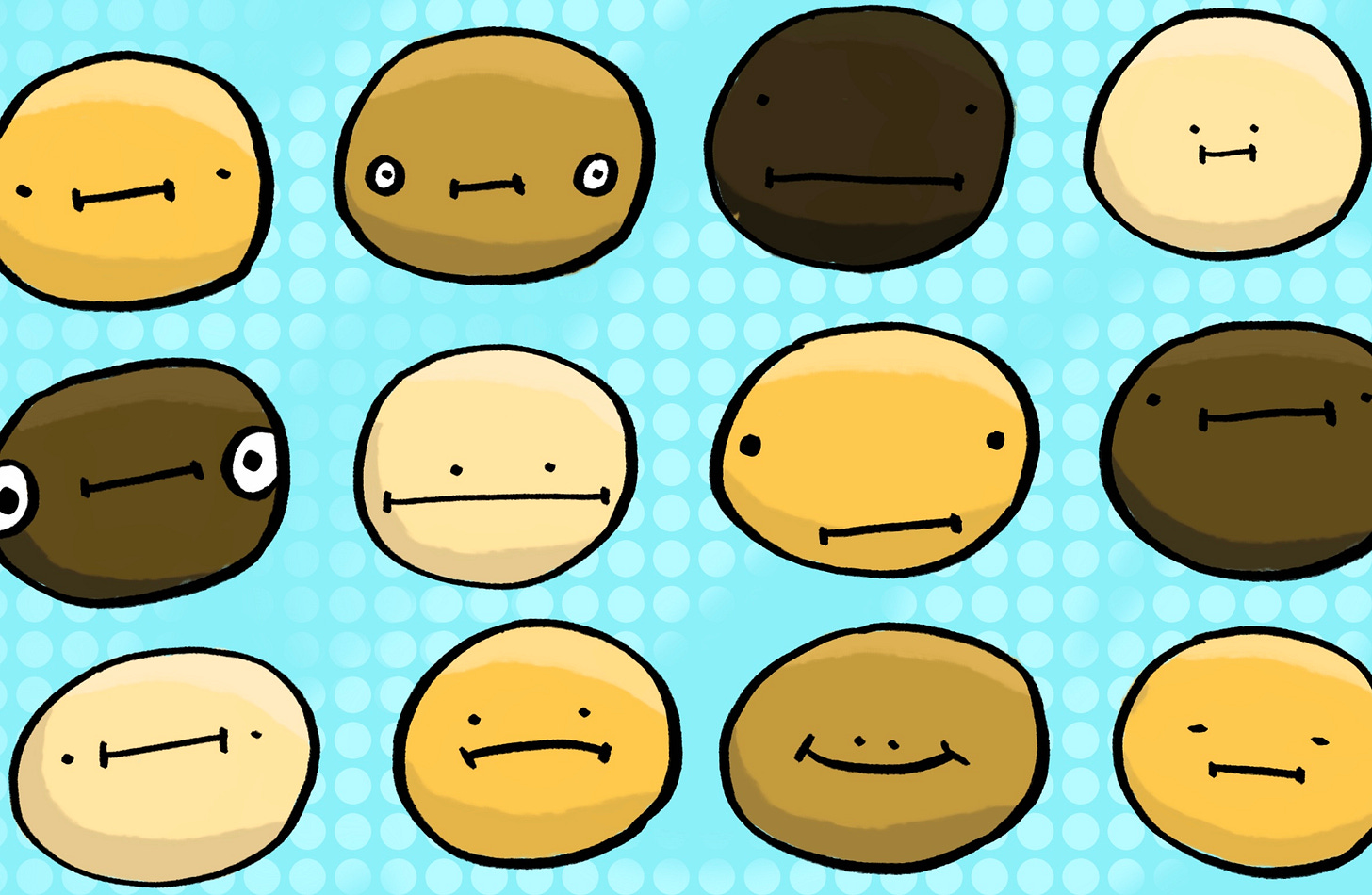"we value diversity" is a bundle of words so diluted it often means nothing to me. i hear claims of it at every university and every company, but it's so seldom true or well motivated i don't believe it anymore.
the other day i spoke with the head of diversity at my school, griping about how asian cmu is and how excited i am for grad school because i will finally get out of all these insular 70% asian communities i grew up in. to my shock, she replied: 'remember, there are diverse types of asian here. there's korean, singaporean, japanese, chinese...'
my jaw dropped. as if me, an asian person, can't tell the difference...
the point of diversity is not to be more diverse in a given ethnicity. it's to actually equally represent the vast set of perspectives, lived stories, and socioeconomic backgrounds. leaning too far in any given direction defeats the whole point because it becomes insular again.
back when i was taking human-computer interaction classes and in my product design phase of my life, i found myself in rooms full of upper middle class asian women. it sort of felt like talking to variations of myself. it was then that i began to crave perspectives different than my own.
as i ventured out i found myself in either too-safe completely asian spaces or in completely not asian spaces. there's little in-between. it's either a diversity program that's only full of diversity-advocates or a room full of people who don't make it a priority at all. i don't think either of these is particularly helpful to be in. the leap between the safe space and the unfamiliar space is what's more important, not the collecting of colored seashells from white sand.
a couple months ago i went to watch a performance of 'dragon lady' which is a solo jukebox musical about a gangster filipino family. walking into the theatre, i was stopped by an old white lady. she asked me, 'so... do you know the performer, sara porkalob?' i stopped for a second, blinking at her, wondering what about me made her think that. i then realized it was because i was the only asian person there in the crowd.
i used to think that race and gender and stereotypes weren't really a thing and it would be racist to be this two-dimensional when thinking about people. but then i started seeing the patterns and the types of characters that would emerge while giving campus tours as a tour guide. certain types of people would ask me the same type of question: every asian dad would have the same lost blank look on their face, every white dad would get excited by the lawn or the woodshop, every asian mom would ask me how their kid can transfer in computer science, every indian dad would recall their days studying in their engineering college, every mom of every demographic would pay acute attention to the residence halls rooms.
these patterns have truth to them, and media feeds off of these patterns as a reflection of society. casting roles relies on what is believable. casting people too out of character leads to dissonance, casting too closely leads to stronger stereotypes.
there's no quota that can solve diversity and no program that will make people feel accepted. change happens in real people venturing out of their expected roles, breaking stereotypes and doing the unexpected. it may happen prominently once or many times less visibly. over time, this erodes existing stereotypes into new ones.
diversity hires and one off color-casting aren't miracle solutions. reality must change before the media can reflect it.1
related media:
'everyone's a little bit racist' from avenue q:
'one pal' from polka dots:
'the first' from polka dots:
podcast episode i was in for comma! (new design podcast by jessica and tara):
or dynamic characters that change drastically in a story






“ i found myself in rooms full of upper middle class asian women. it sort of felt like talking to variations of myself.” this is gold 🤣